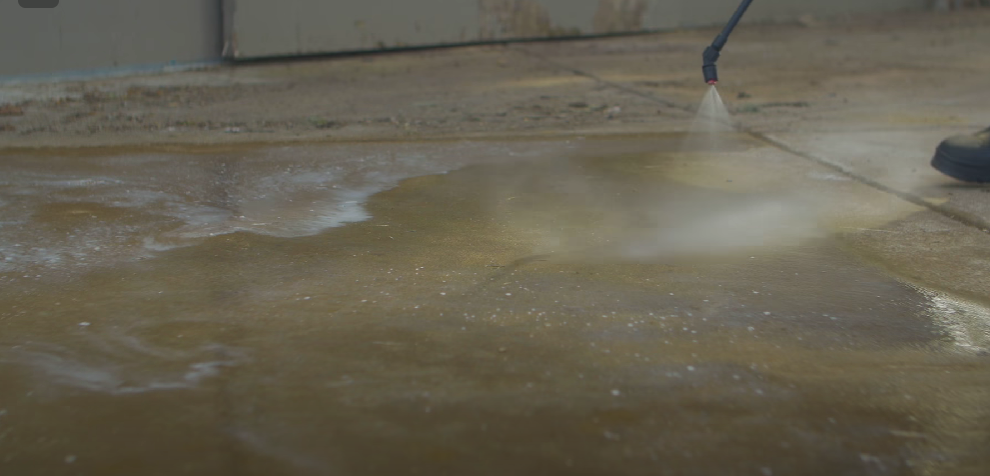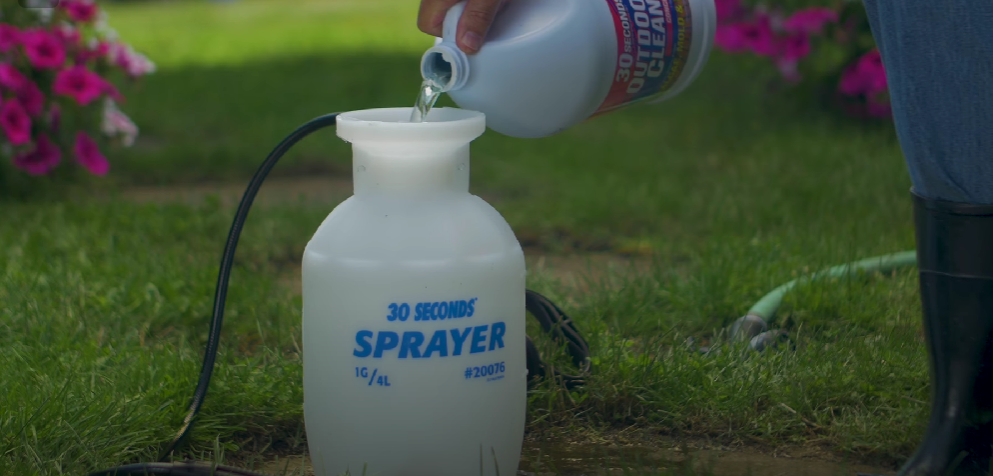What are the maintenance requirements for residential concrete?


Caring for residential concrete is crucial to extending its lifespan and preserving its quality. The following are the key maintenance steps:
1. Sealing
- Frequency: Every 2–3 years (or as specified by the sealant manufacturer).
- Purpose: Shields the concrete from moisture, stains, deicing chemicals, and weather-related damage.
- Application: Begin by thoroughly cleaning the surface, then apply the sealant evenly for optimal protection.
2. Cleaning
- Routine Cleaning: Sweep regularly to remove debris and dirt.
- Deep Cleaning: Use a pressure washer or mild detergent solution to remove stains, grime and mildew.
- Stain Removal: Address oil, grease or rust stains promptly with appropriate cleaning agents to prevent permanent marks.
3. Crack Repair
- Inspection: Regularly check for cracks, chips, or scaling.
- Repair: Use a concrete repair compound or patching material to seal small cracks and prevent water infiltration.
4. Avoiding Damage
- Deicing Chemicals: Avoid using deicers containing ammonium nitrates or sulfates, which can damage concrete. Sand or kitty litter can be used for traction instead.
- Heavy Loads: Avoid parking heavy vehicles or placing heavy equipment on concrete not designed to bear such loads.
5. Winter Care
- Remove snow and ice promptly to reduce freeze-thaw cycles that can cause cracking.
- Use a plastic or rubber-edged shovel to avoid scratching the surface.
6. Proper Drainage
- Ensure proper drainage around concrete surfaces to avoid water pooling, which can lead to erosion or undermining the slab.
7. Joint Maintenance
- Inspect and maintain control and expansion joints to ensure they are filled and sealed properly.
- Use a flexible sealant to prevent debris and water from entering.
8. Protection from Heavy Impact
- Place protective mats beneath furniture or equipment to minimize the risk of chipping or scratching.
- Handle sharp or heavy objects carefully to avoid dropping them on the surface.
9. Resurfacing
- For older concrete with significant wear, consider resurfacing to restore appearance and protect the structure.
10. Professional Inspection
- For large cracks, uneven settling, or signs of serious wear, consult a professional to assess and recommend structural repairs.
Tips for longevity
- Keep nearby trees and shrubs trimmed to prevent root intrusion.
- Plan landscaping to direct water away from concrete surfaces.
- Use good-quality materials when making repairs or improvements.